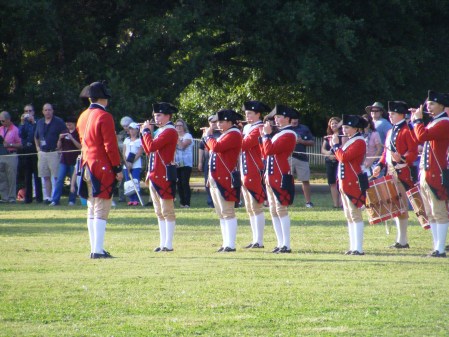Let’s Discuss
Chapter 3
The Symphony
In my lifetime, I have seen a decline in audiences that attend symphonic concerts. Not too many years ago, when the Columbus Symphony
Orchestra performed at the 2,700 seat Three Arts Theater, formally the Royal movie and stage show theater, the theater was almost
filled for every concert. Not only were the audiences large,they were dressed well, the wearing men suits and ties and ladies in their
Sunday bests.Now, in the beautiful, state of the art almost 2,000 seat Bill Heard Theater at the River Center, there are many empty
seats. Also, many attendees just don’t bother to dress up any more. That’s certainly not because of the quality of the orchestra,
because, in my view, it is superb.
It’s true that back in the Three Arts Theater, days there were not as many competing musical events as now. The Columbus State University Schwob School off Music offers many free concerts, some by the school’s Philharmonic Orchestra, an excellent full-sized student symphony orchestra. Except for Kaleidoscope, when all students in the Schwob School participate, the Philharmonic does not use the Bill Heard Theater. It performs in the much smaller Legacy Hall. Still, I think the professional Columbus Symphony should be attracting more patrons. Hopefully, the upcoming season will draw larger crowds again. Director George Del Gobbo makes a very good case for your participation. More on that in Chapter 4.









